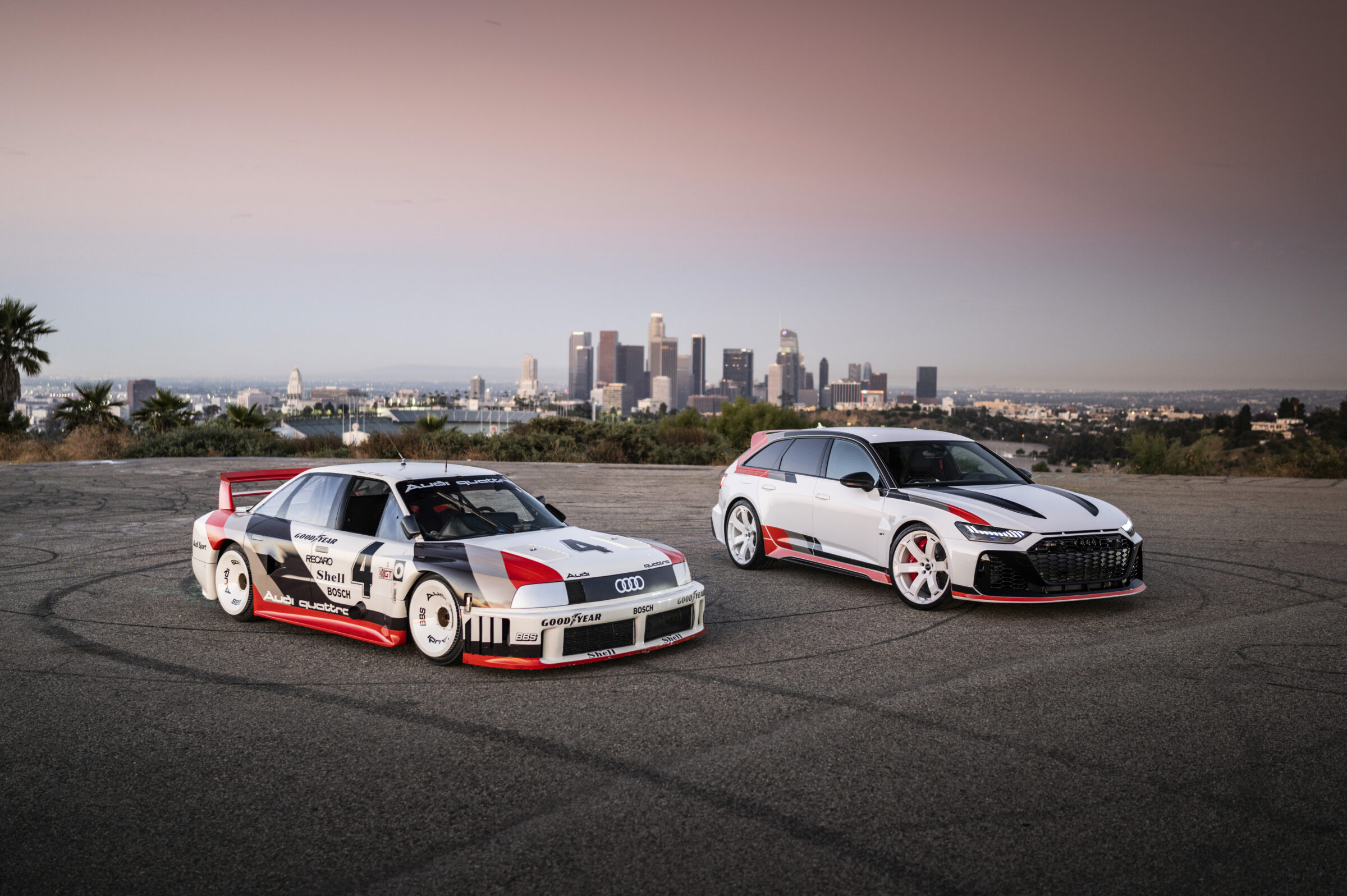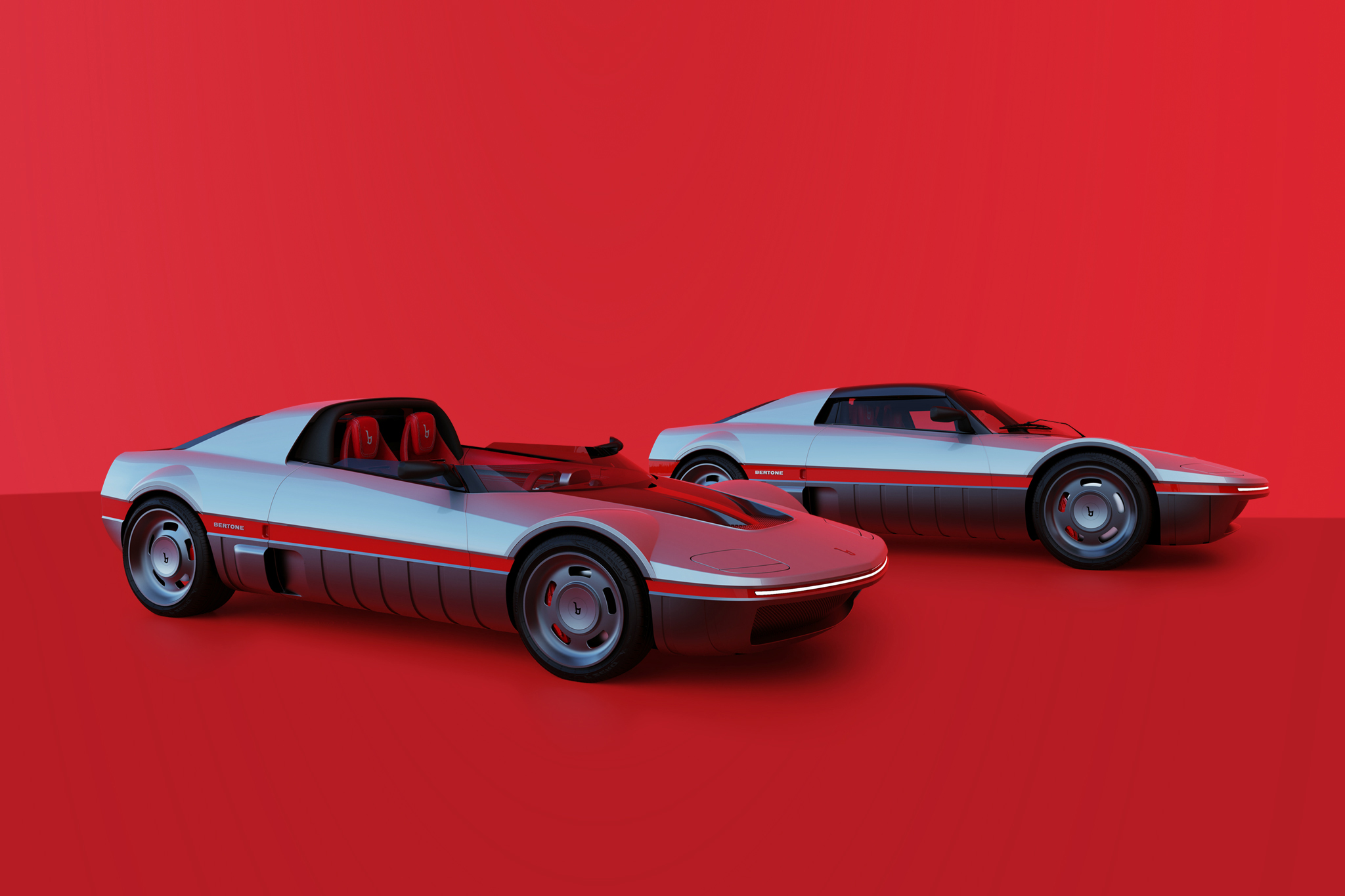Yamaha OX99-11
Many people know the Japanese Yamaha group through motorcycles and musical instruments. Strictly speaking, however, these two lines of business no longer have anything to do with each other. The Yamaha Motor Company, founded in 1955, manufactures not only motorcycles but also scooters, quads, boat engines, pumps, drones, robots, water treatment plants and swimming pools. Separate from this, Yamaha Corporation functions as a conglomerate in hi-fi, electronics and musical instruments. However, a large part of Yamaha Motor Company’s shares still belong to the conglomerate, which is why both companies use the same logo with three crossed tuning forks. While the motorcycles are very well known, also due to various successes in motorsports, Yamaha’s work in the automotive sector is much less known. Even the activities as a Formula 1 engine supplier seem to be almost forgotten.
Yamaha in Formula 1
Possibly this is due to the fact that the supported teams Zakspeed, Brabham, Jordan, Tyrrell and Arrows weren’t very successful between 1989 and 1997. In total, Yamaha engines scored 36 world championship points according to the old points distribution system. Damon Hill almost scored a win in the final season of 1997, but ended up second after gearbox problems. In its nine years as an F1 engine partner, Yamaha built first a V8, then a V12 and finally various stages of a V10 engine. Interestingly, Yamaha has long been involved in the automotive industry as a supplier and development partner. The best-known product is the Toyota 2000GT, in the creation of which Yamaha was directly involved. In the 1990s, the Zetec SE four-cylinder engines were developed together with Ford. These also found their way into Mazda vehicles for a time. At the same time, Yamaha was considering building its own supercar.
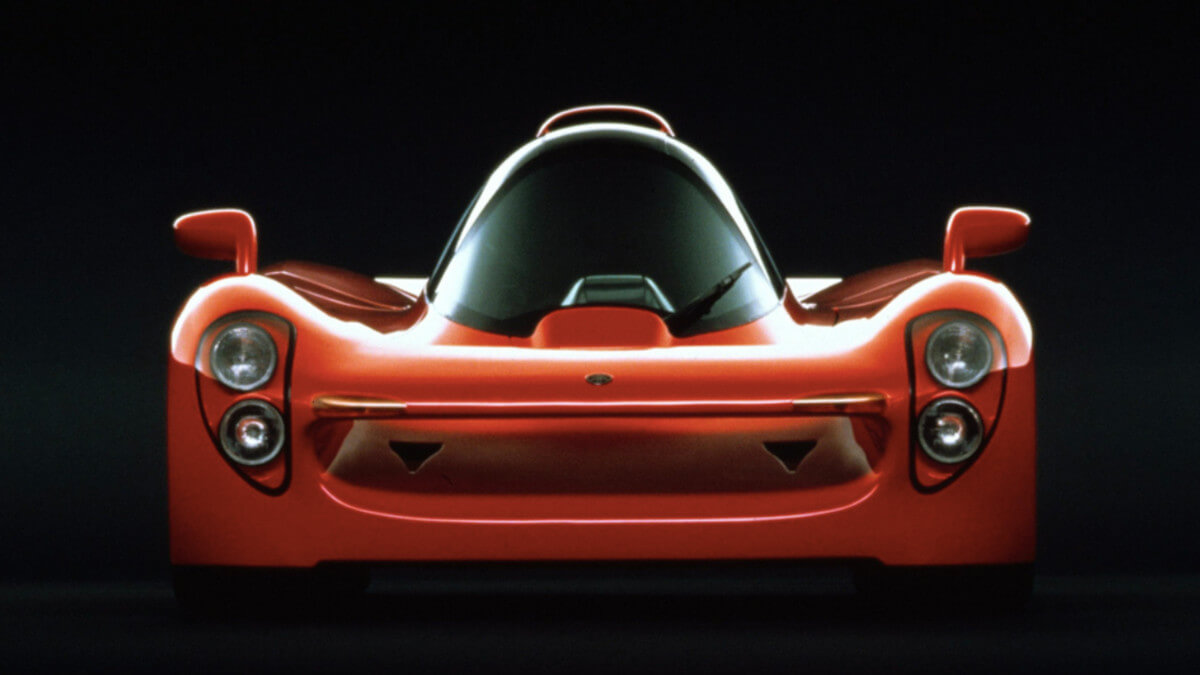

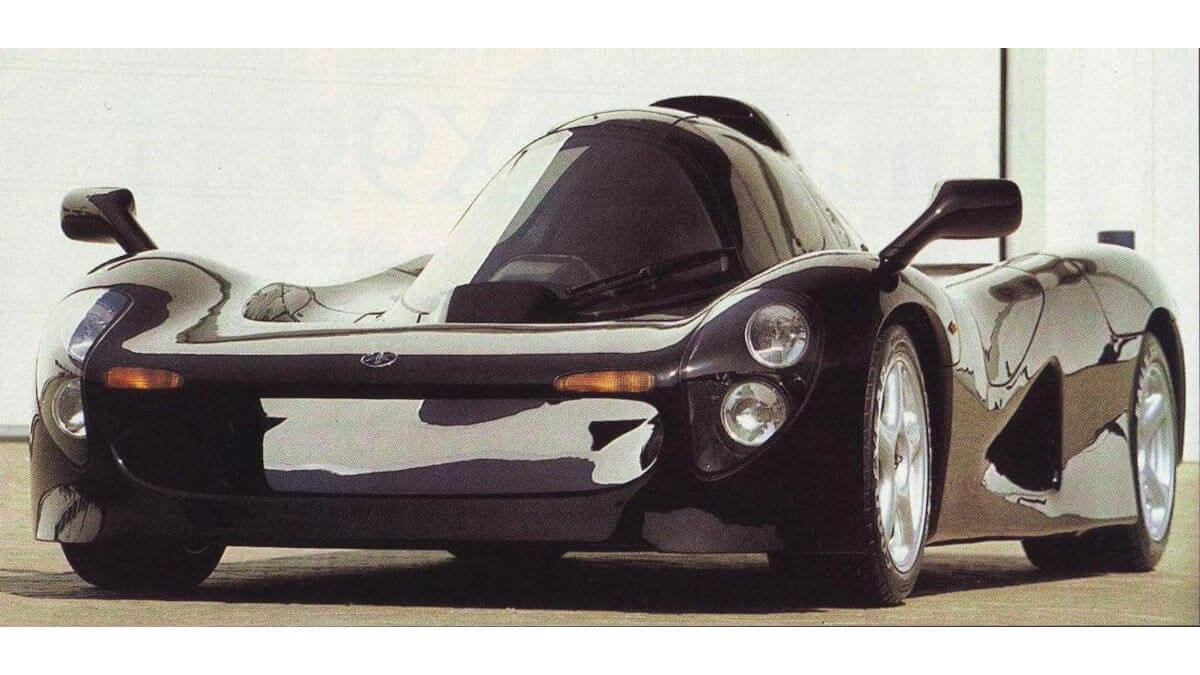

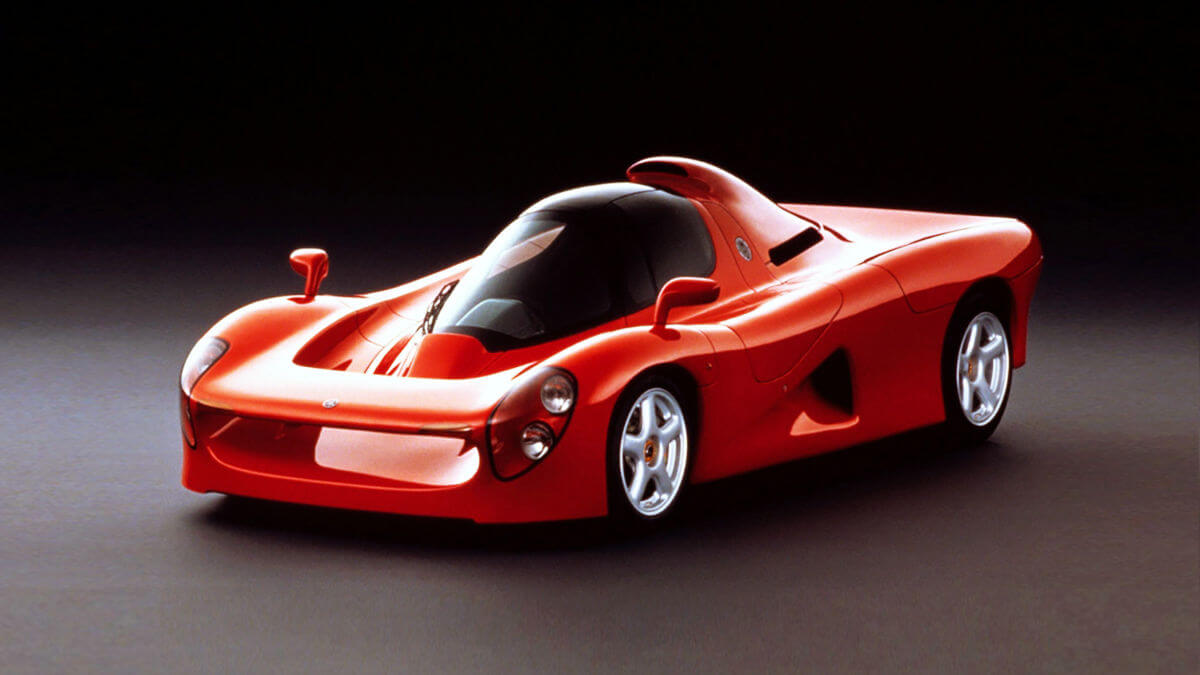

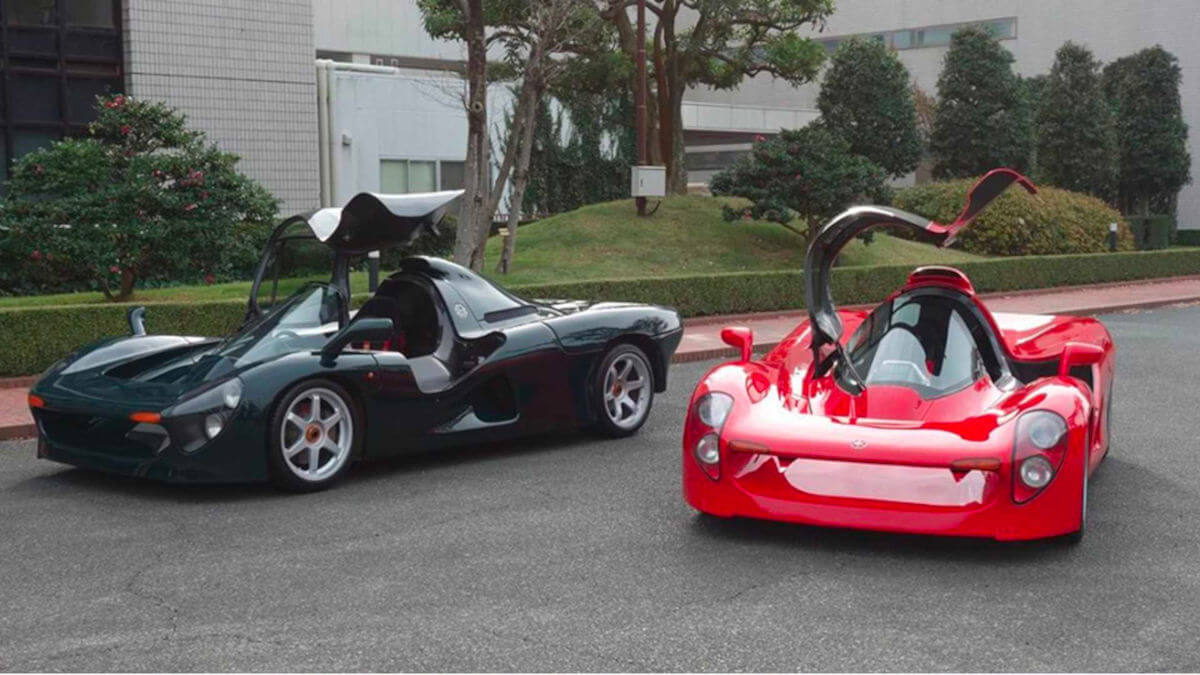

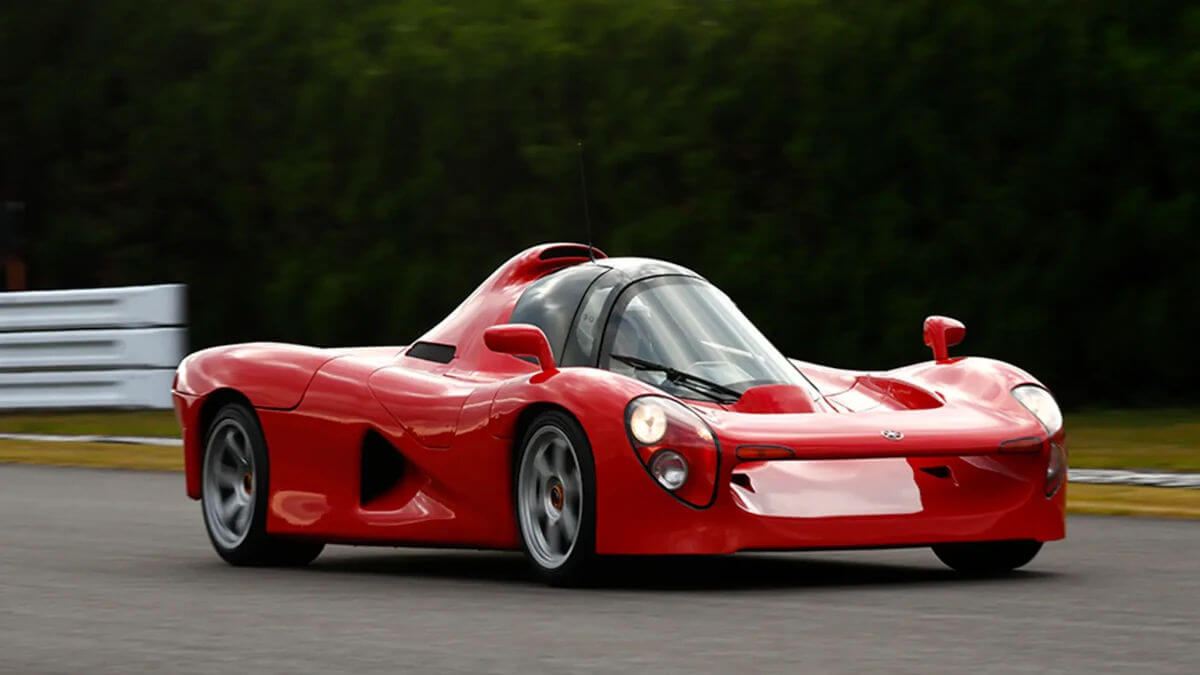

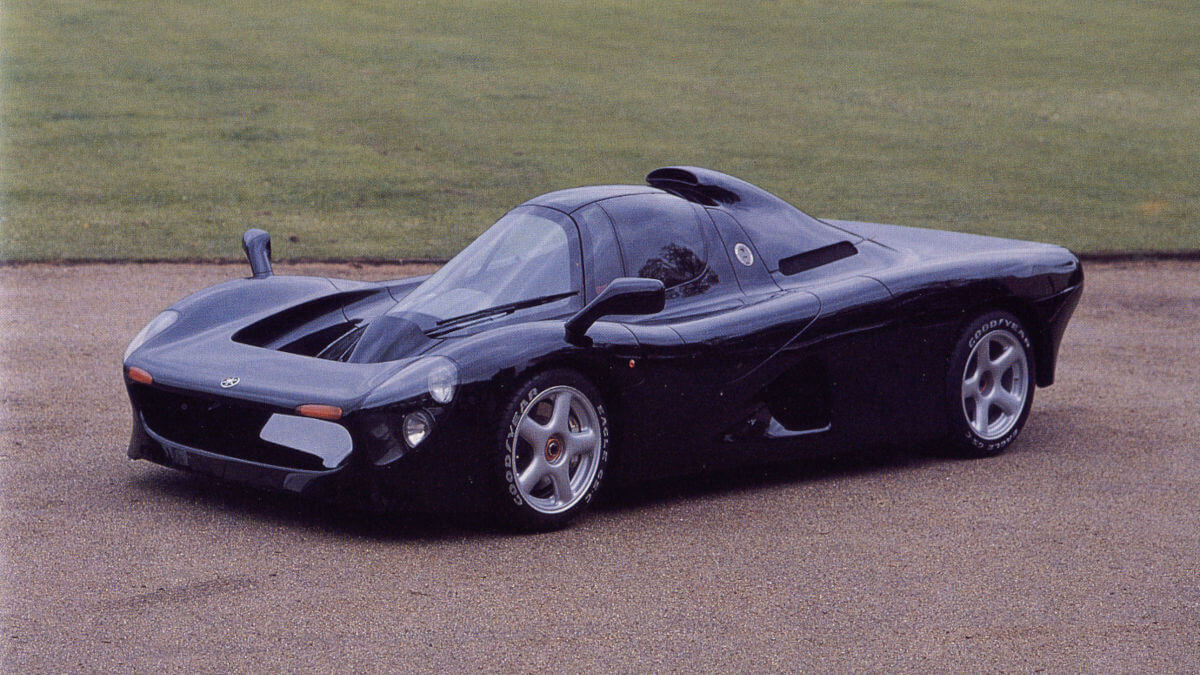

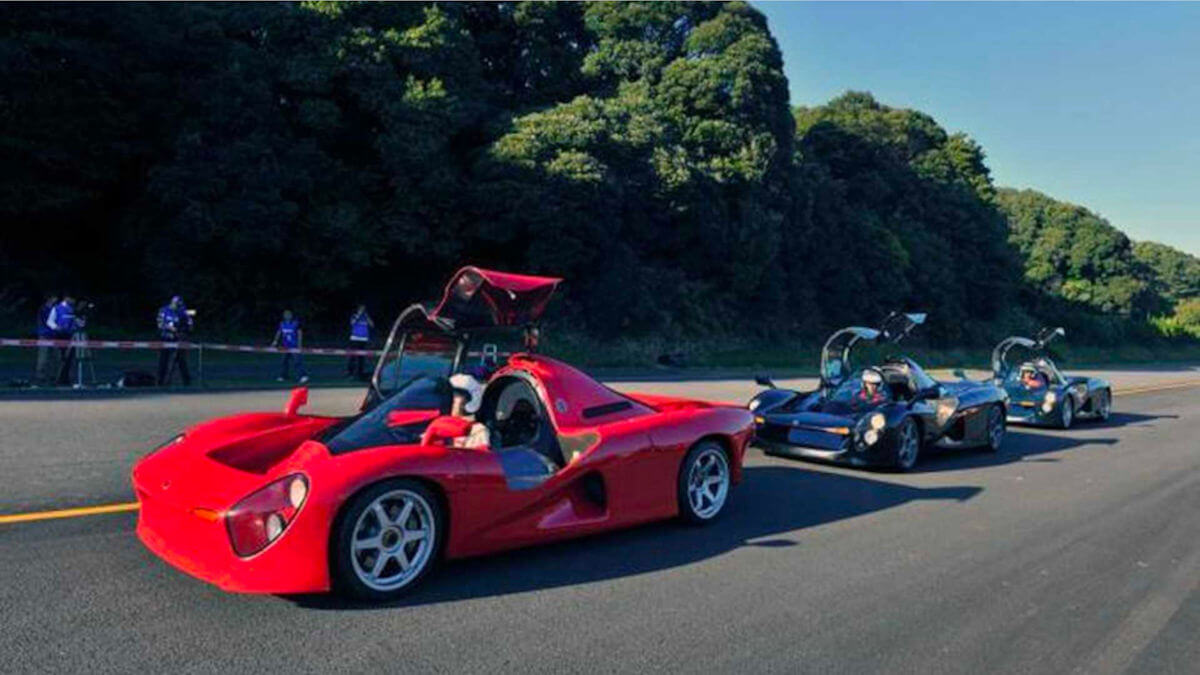

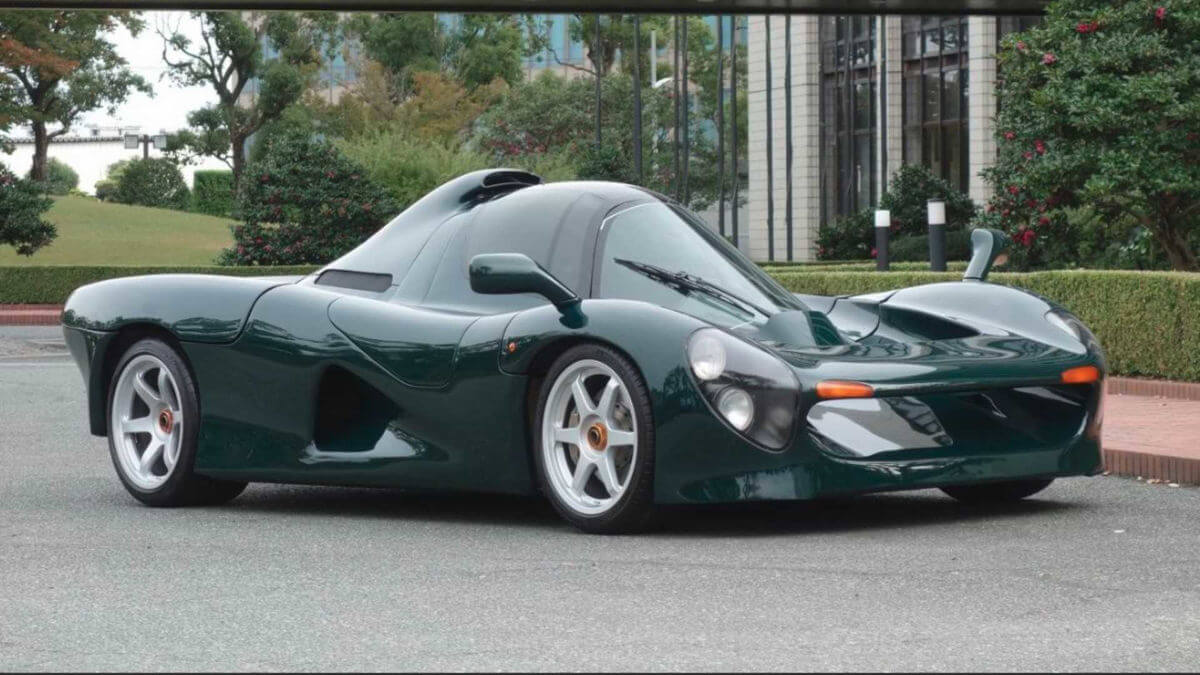

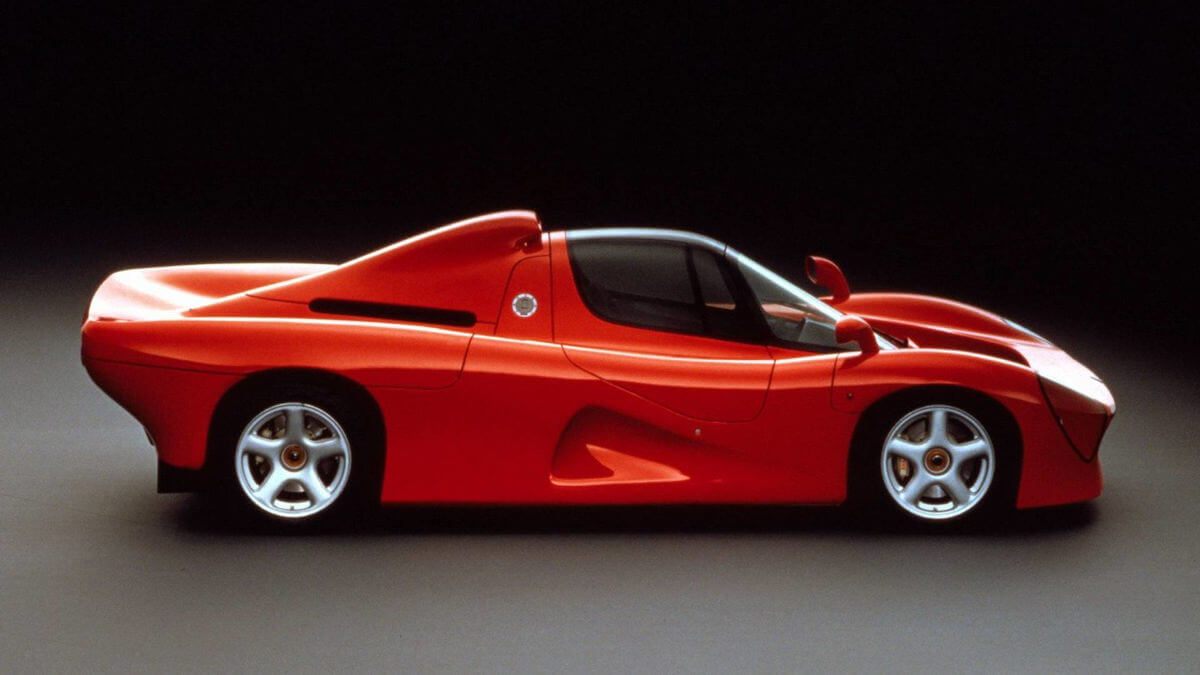

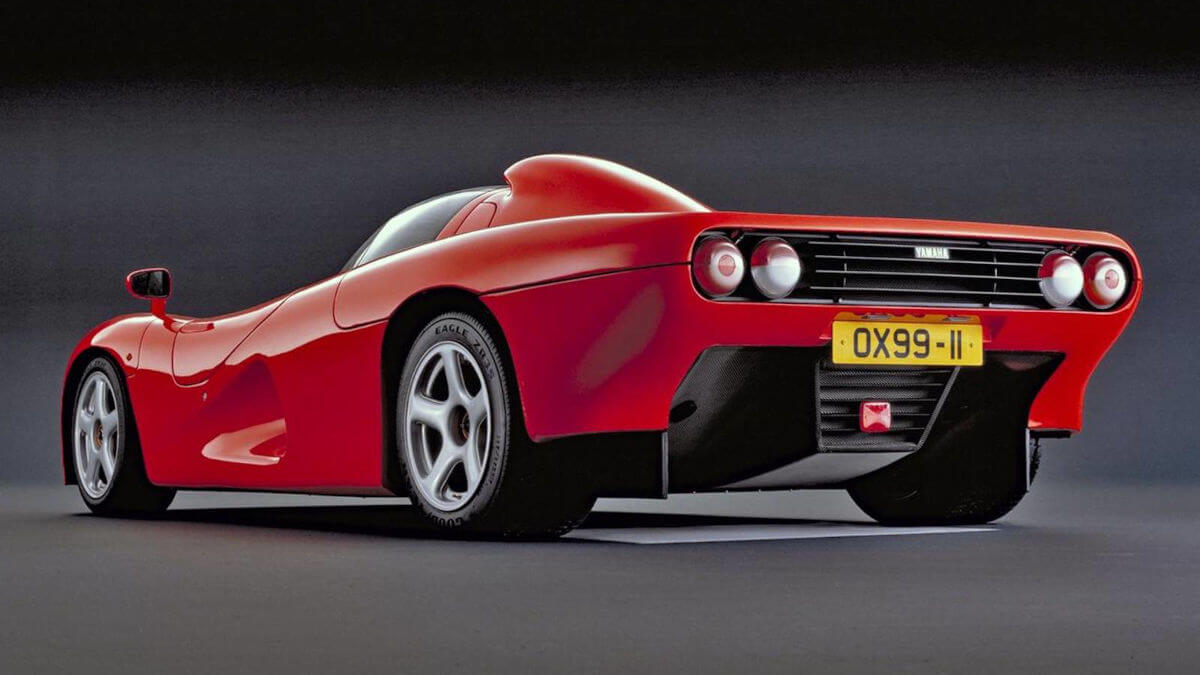

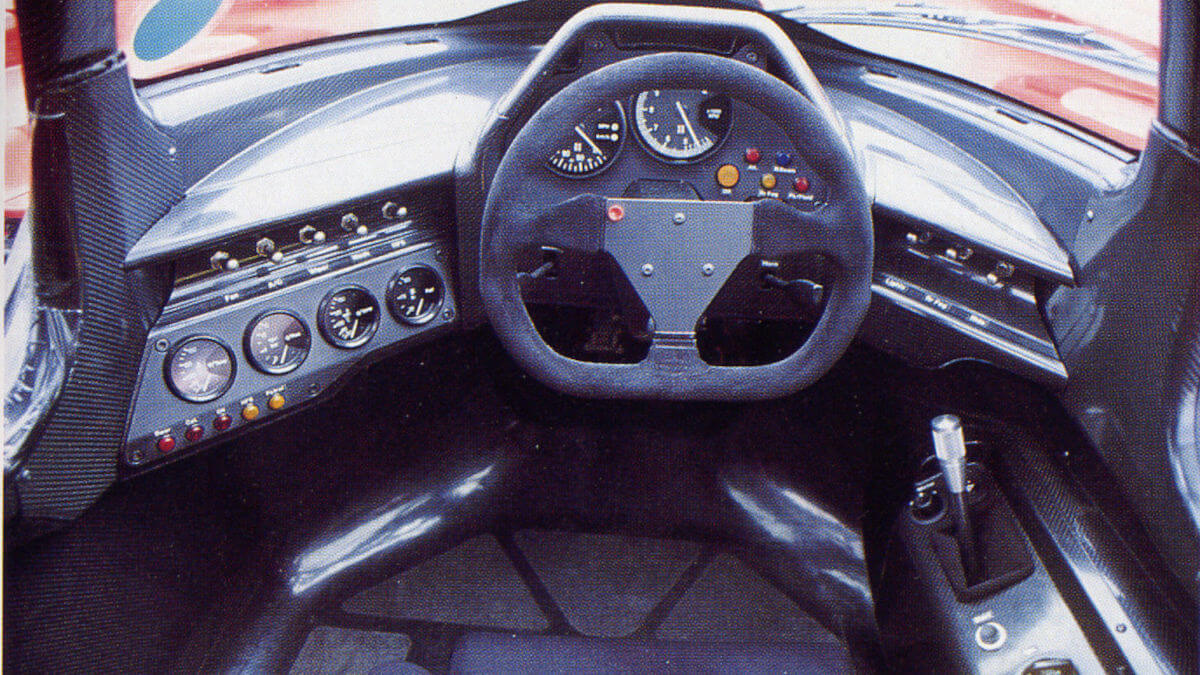

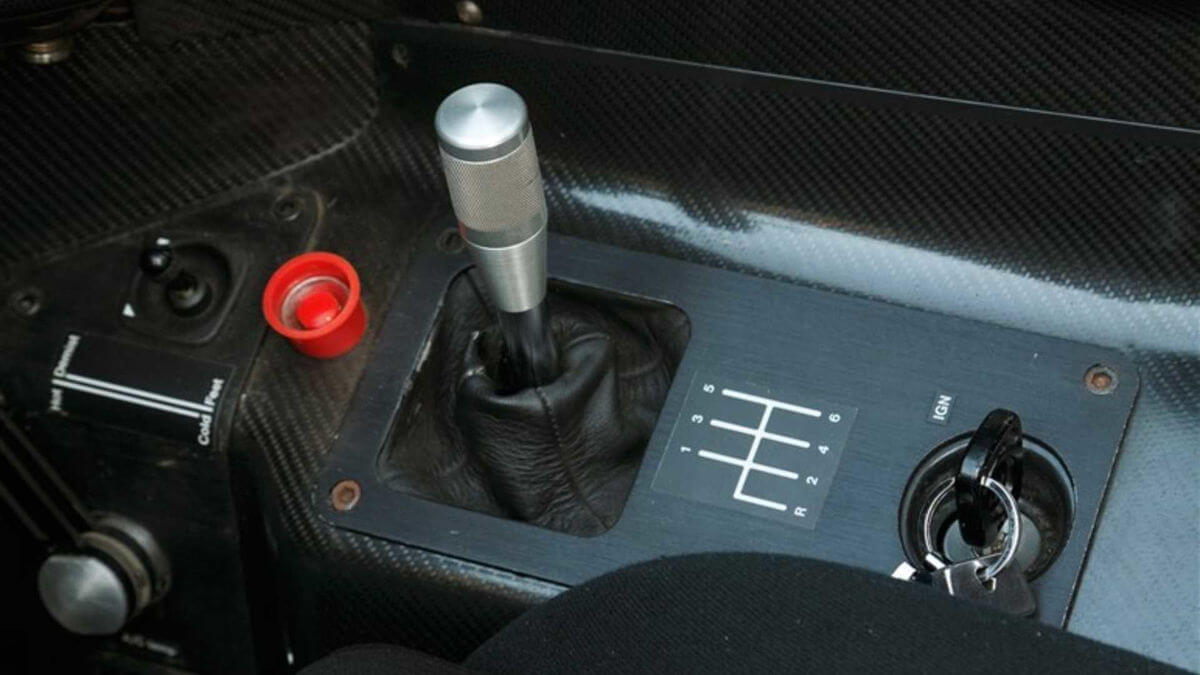

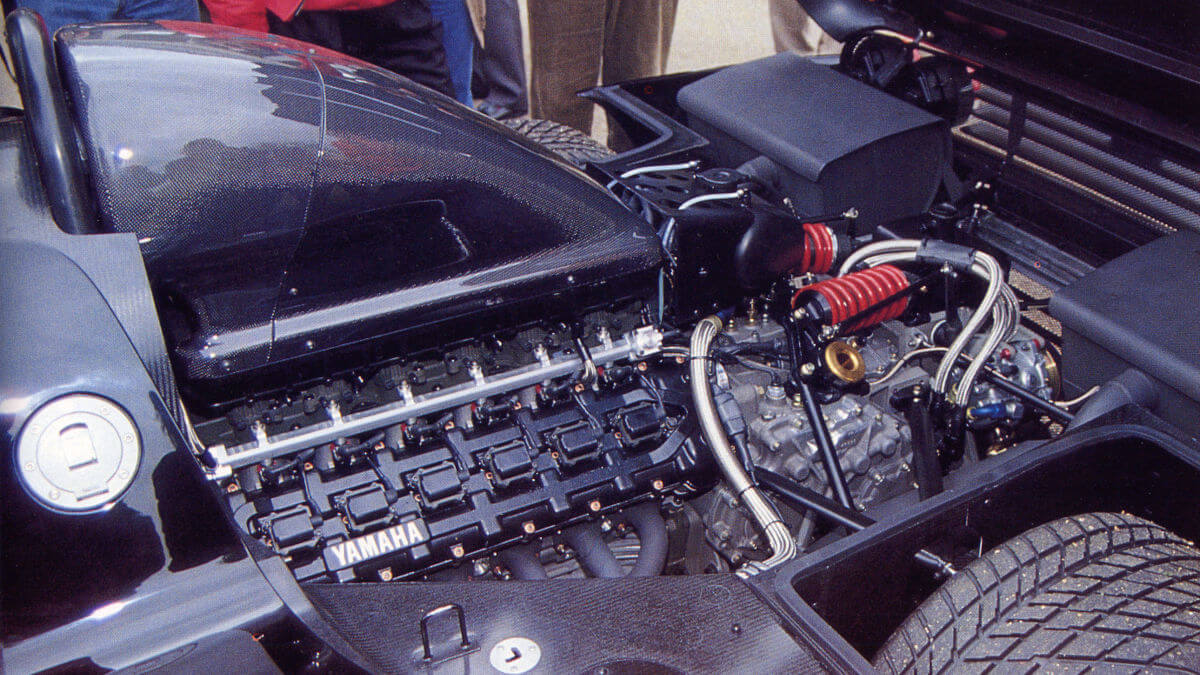

From small car to supercar
As early as 1983, Yamaha had shown the single-seater PTX-1 small car at the Tokyo Motor Show. This city car with a single-cylinder engine and 50 cc of displacement was technically closer to a moped than a car and never made it into series production. The new project, which slowly began to take shape in 1991, went in a completely different direction. One detail was immediately clear: the Formula 1 engine was to provide propulsion in the center behind the passengers. Since this was a 3.5-liter V12 with the internal name OX99 in 1991, the sports car project was given the title OX99-11. The British subsidiary Ypsilon Technology was responsible for the development. First a German and then the British engineering firm IAD were brought on board as partners. However, disagreements over payment terms soon led to a falling out with IAD. Ypsilon Technology was then given only six more months to get the car on its wheels. A total of three drivable prototypes were built during this time.
Project stopped after three prototypes
As with the Formula 1 race car, a carbon fiber monocoque served as the basis. This was similarly narrow, but extended in the middle section in front of the engine to accomodate a seconds seat. A close-cut aluminium body with a hinged glass dome encloses the monocoque. A spoiler element is integrated at the front, while a wide diffuser at the rear provides downforce. The powerplant revs up to 10,000 rpm as in the race car, but has been dialed down to around 400 hp for greater durability. Nevertheless, Yamaha promised a topspeed of 217 mph at the world premiere. With Japan in the midst of a financial crisis and the rest of the sports car world struggling as well (see Bugatti EB110 or Jaguar XJ220), Yamaha ended the OX99-11 project. The three prototypes still exist today, though one is apparently in private hands. Imagine for a brief moment that this car shows up in your rearview mirror.
Images: Yamaha


